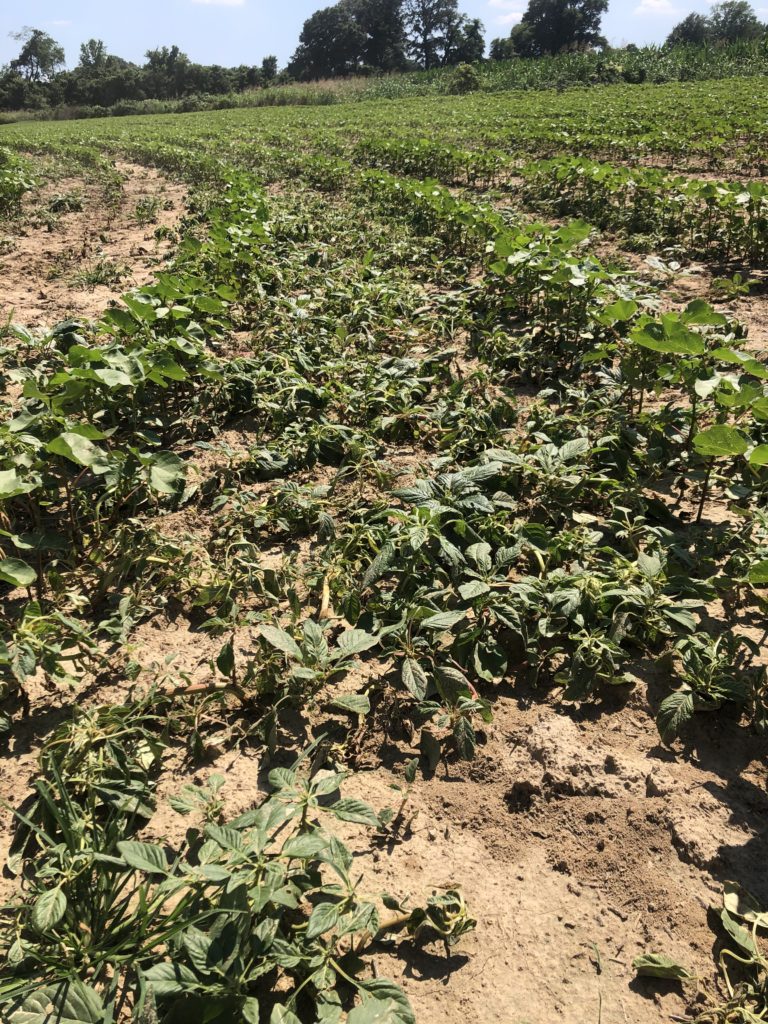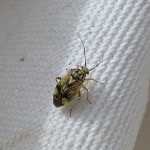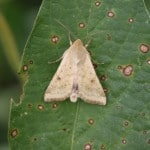
Calls continue to come in on concerns about poor Palmer amaranth control after a dicamba application. More than a few have reported that Palmer amaranth has survived multiple dicamba + glyphosate applications (Example above). Continue reading

Calls continue to come in on concerns about poor Palmer amaranth control after a dicamba application. More than a few have reported that Palmer amaranth has survived multiple dicamba + glyphosate applications (Example above). Continue reading

It’s been a generally quite week for insect problem but below are some reminders and suggestions.
Cotton: Most cotton is past the stage where thrips are a concern. Tarnished plant bugs will now be our primary focus for much of the season. Thus far, most reports indicate a slow and sporadic start with plant bugs, but treatments are now being made more widely. However tempting, I encourage people to avoid using Continue reading
Some reports have come from folks concerned by the lack of Palmer amaranth response to applications of dicamba plus glyphosate applied in the last 10 days. I expect to get more of these calls as I have seen similar results in our research this spring. Continue reading
As most know by now, on June 3rd the U.S. Court of Appeals for the 9th Circuit vacated the labels for XtendiMax, FeXapan and Engenia. The question since is how do we proceed from here controlling weeds in Xtend cotton and soybean?
The folks at the Tennessee Department of Agriculture (TDA) have stated that until they get direction from the Environmental Protection Agency to the contrary, growers can still apply those herbicides according to the label directions. How long this will be is uncertain. It could be just a day, several weeks or depending upon legal maneuvers, well into July. Continue reading
The Tennessee Soybean Association and Promotion Board will once again sponsor the ‘Top Bean’ soybean yield contest in 2020. Continue reading
Posted for Dr. Aaron Smith, Associate Professor and Extension Economist, Department of Agricultural and Resource Economics, University of Tennessee Institute of Agriculture
The USDA has started accepting applications for CFAP payments to producers that have been adversely affected by the COVID-19 pandemic. Continue reading
Currently, less than half of our soybean acres are planted, and as growers make the switch to beans, too much rain and warm temperatures are causing a few headaches with respect to getting fields planted and maintaining a good stand. Continue reading

A reminder that moth trapping data are updated weekly at http://www.utcrops.com/BlogStuff/2020MothTrappingData.pdf, and you can also access these data on the Quick Links of this site. Pheromone-baited traps are run for corn earworm (bollworm), tobacco budworm, and southwestern corn borer.
Currently, moth trap catches are generally low, as typically observed this time of year.